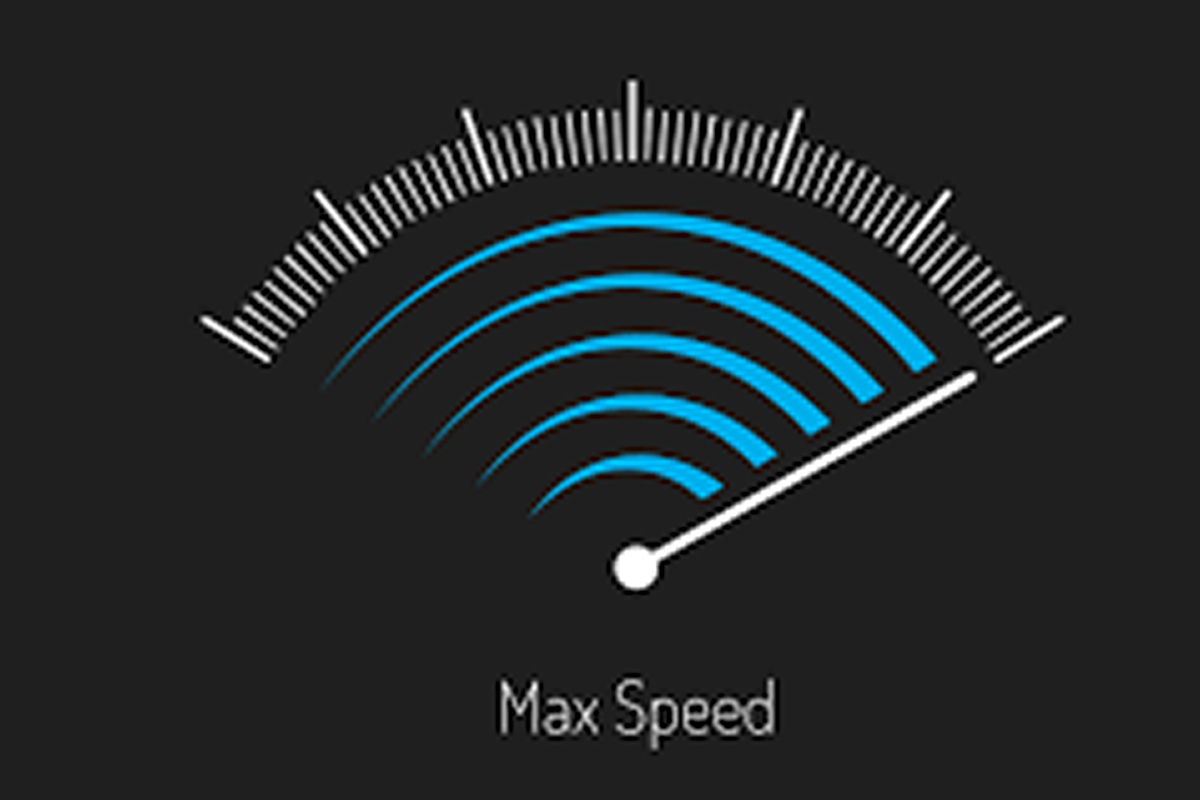In today’s competitive online world, speed is everything. Whether you run an e-commerce site, a blog, or a corporate website, website speed is one of the most crucial factors for ensuring a positive user experience and driving your business’s success. At Finxhost, we understand the importance of having a fast, reliable website, and we’re here to help you optimize your site’s performance. Let’s dive into why website speed matters and how you can improve it.
Why Website Speed Matters
- User Experience The moment someone visits your website, they form an impression based on its performance. A slow-loading site can frustrate users, leading them to abandon it before even engaging with your content. In fact, 53% of mobile users will leave a page if it takes more than 3 seconds to load. A fast website, on the other hand, keeps users engaged, increases their satisfaction, and encourages them to stay longer.
- SEO Rankings Google’s algorithms take website speed into account when determining your site’s ranking on search engine results pages (SERPs). If your site is slow, Google is likely to rank it lower than faster competitors. Page load time is part of Google’s Core Web Vitals, which directly impact your SEO performance. So, if you want to rank higher and be discovered by more people, optimizing your website speed is a must.
- Conversion Rates Website speed doesn’t only affect user experience—it can also influence your conversion rates. Studies show that even a one-second delay in page loading can result in a 7% decrease in conversions. Whether you’re selling products, collecting leads, or encouraging visitors to subscribe to your newsletter, fast load times lead to higher conversions and sales.
- Bounce Rates Slow websites tend to have higher bounce rates, meaning that visitors leave before engaging with your content. Google also takes bounce rate into account, as a high bounce rate can signal poor user experience. A faster website encourages visitors to stay longer, explore your content, and ultimately engage more.
- Mobile Performance With mobile traffic now accounting for over 50% of global website visits, it’s crucial that your website is optimized for mobile users. Mobile users often experience slower internet connections than desktop users, so it’s even more critical that your site is optimized to load quickly on all devices.
How to Improve Website Speed
At Finxhost, we want to ensure that your website loads as quickly as possible, helping you maintain a competitive edge. Here are several practical tips to improve your website’s speed:
- Choose the Right Hosting Provider Your web hosting plays a significant role in your site’s performance. With Finxhost, we offer high-performance hosting solutions, including shared, VPS, and dedicated hosting, all designed for speed and reliability. Using high-performance servers with SSD storage can drastically reduce loading times and improve website performance.
- Optimize Images Large image files are often one of the main culprits of slow-loading pages. Use tools to compress your images before uploading them to your site. Formats like WebP or JPEG 2000 provide high-quality images at smaller file sizes. Also, consider using responsive images that load differently depending on the device’s screen size.
- Enable Caching Caching allows frequently accessed content to be stored locally in the user’s browser, reducing the need to reload the entire page each time they visit. This can drastically improve load times for returning users. Tools like Varnish or Redis can help speed up your website by caching static content.
- Minimize HTTP Requests Each element on your page—images, scripts, and stylesheets—requires an HTTP request to load. Reducing the number of HTTP requests by combining files (like CSS and JavaScript) or using image sprites can significantly improve page load times.
- Use a Content Delivery Network (CDN) A CDN distributes your website’s static files across multiple servers worldwide, ensuring that users can access your site from a server that’s geographically closer to them. This can greatly reduce latency and speed up load times for users located far from your primary server.
- Minify CSS, JavaScript, and HTML By removing unnecessary characters like spaces, comments, and line breaks from your website’s code, you can reduce its size and speed up loading times. Many tools are available to automate this process, including UglifyJS for JavaScript or CSSMin for CSS.
- Upgrade Your Website’s Backend If your website is powered by a content management system (CMS) like WordPress, make sure it’s running the latest version. Additionally, ensure your website is optimized with high-performing plugins and minimal third-party code. Regularly cleaning up your database and removing unnecessary plugins can also help speed up your site.
- Monitor Performance Regularly Website performance is not a one-time fix—it’s something you need to monitor regularly. Use tools like Google PageSpeed Insights, GTmetrix, or Pingdom to analyze your website’s load times and get recommendations for improvement.
Conclusion
Website speed is a key factor that can make or break your online presence. By improving your website’s speed, you enhance user experience, boost SEO, reduce bounce rates, and increase conversions. At Finxhost, we are committed to providing fast, reliable, and scalable hosting solutions to help your website reach its full potential.
If you’re looking for hosting services that prioritize speed, performance, and security, Finxhost has the tools and expertise to ensure your website is always at its best. Contact us today to learn more about our hosting plans and how we can help you improve your website’s performance!

